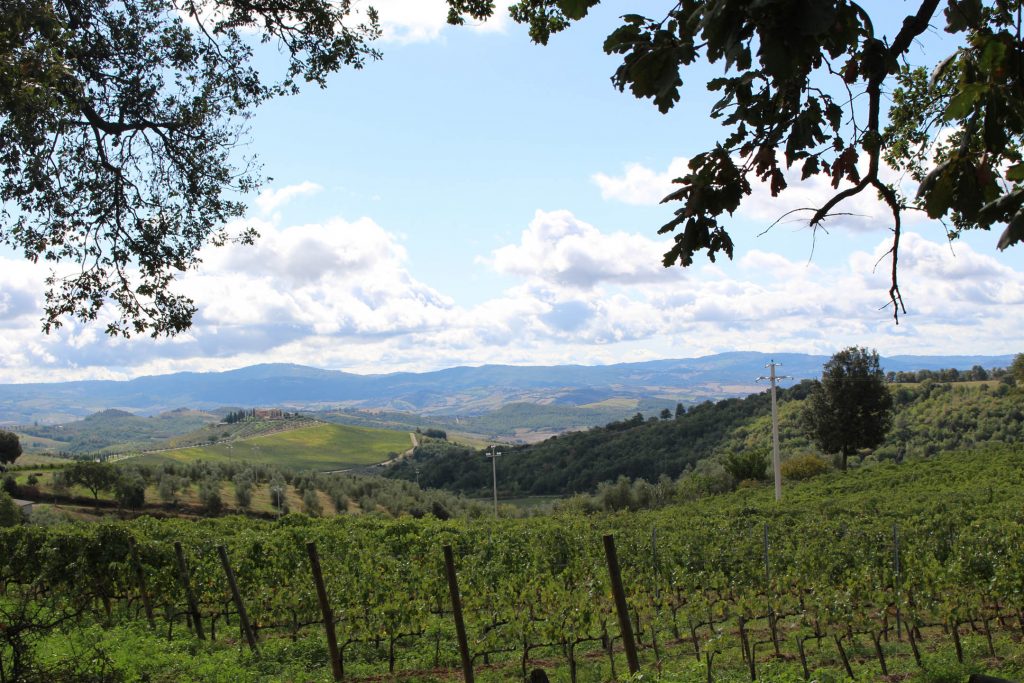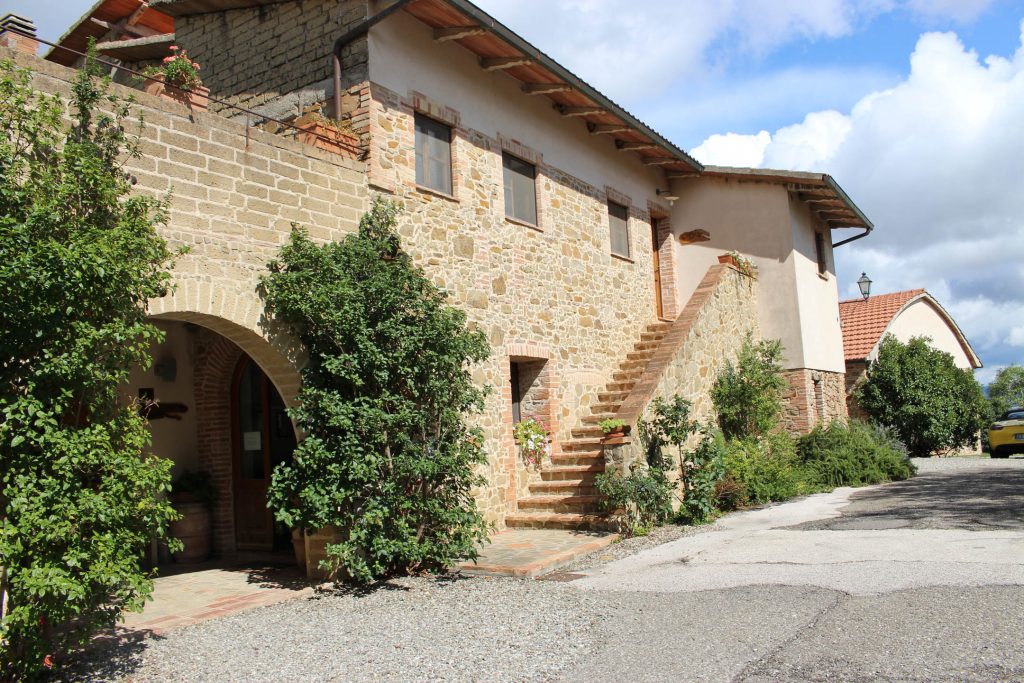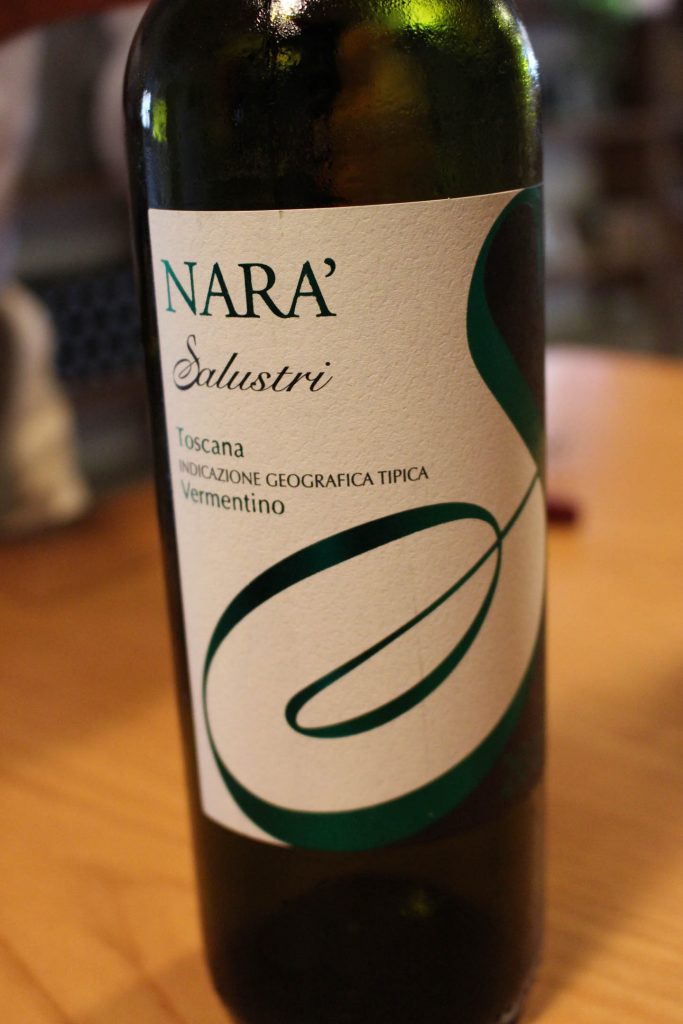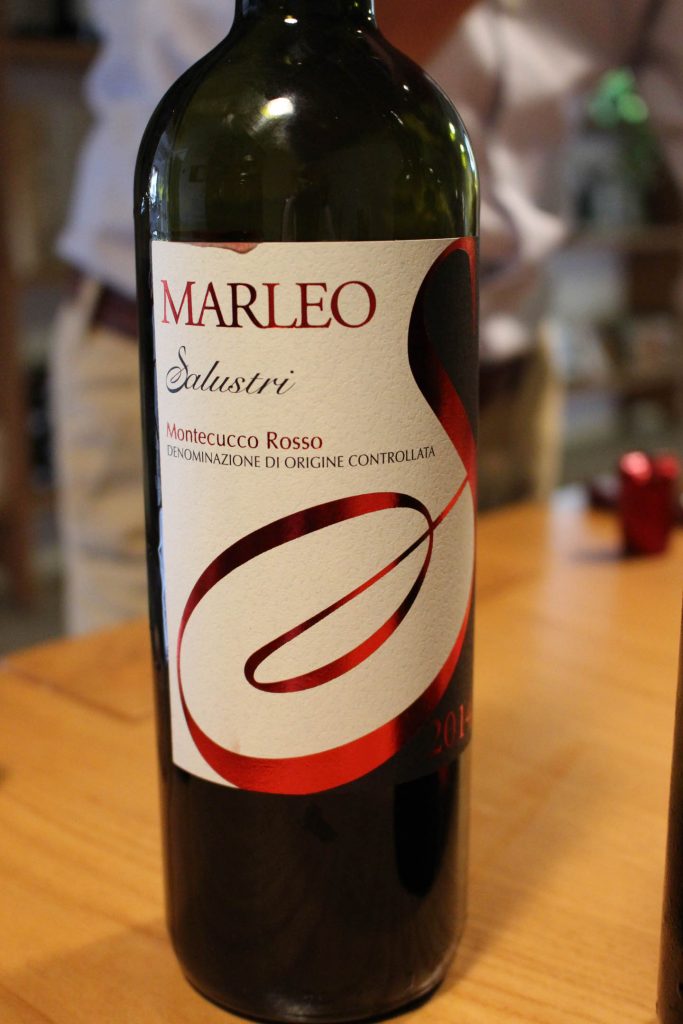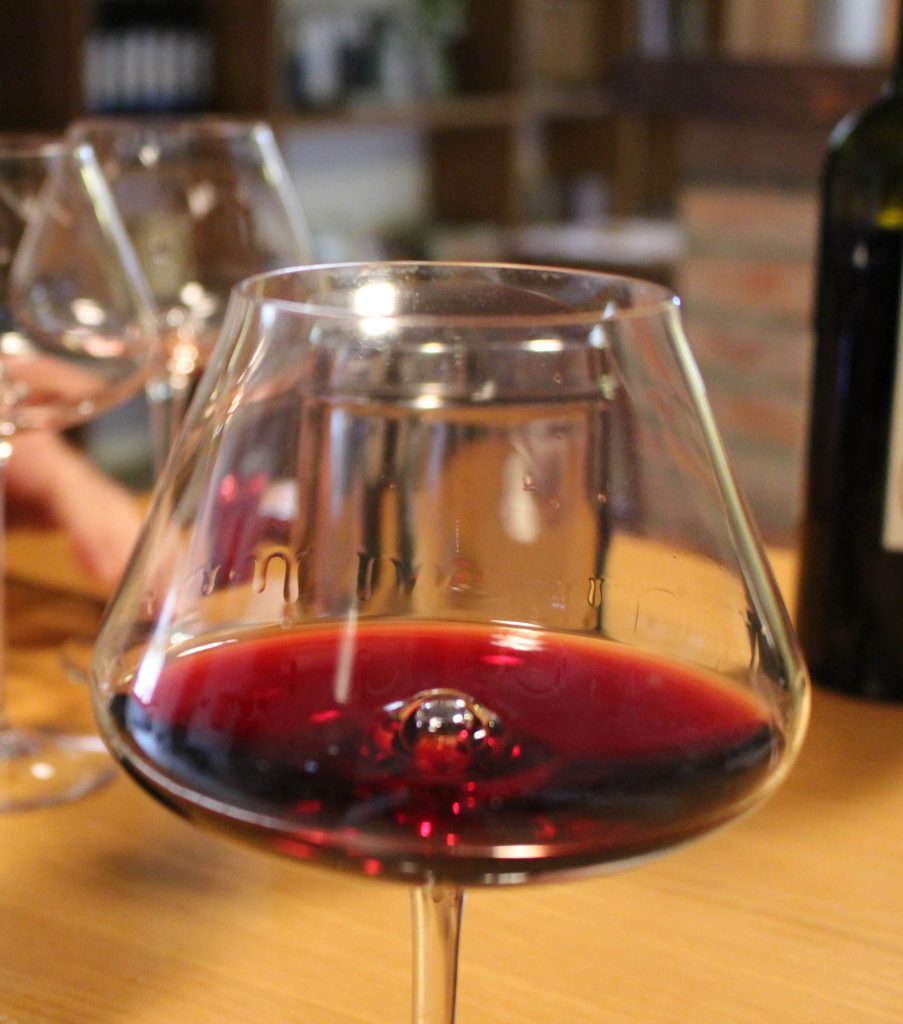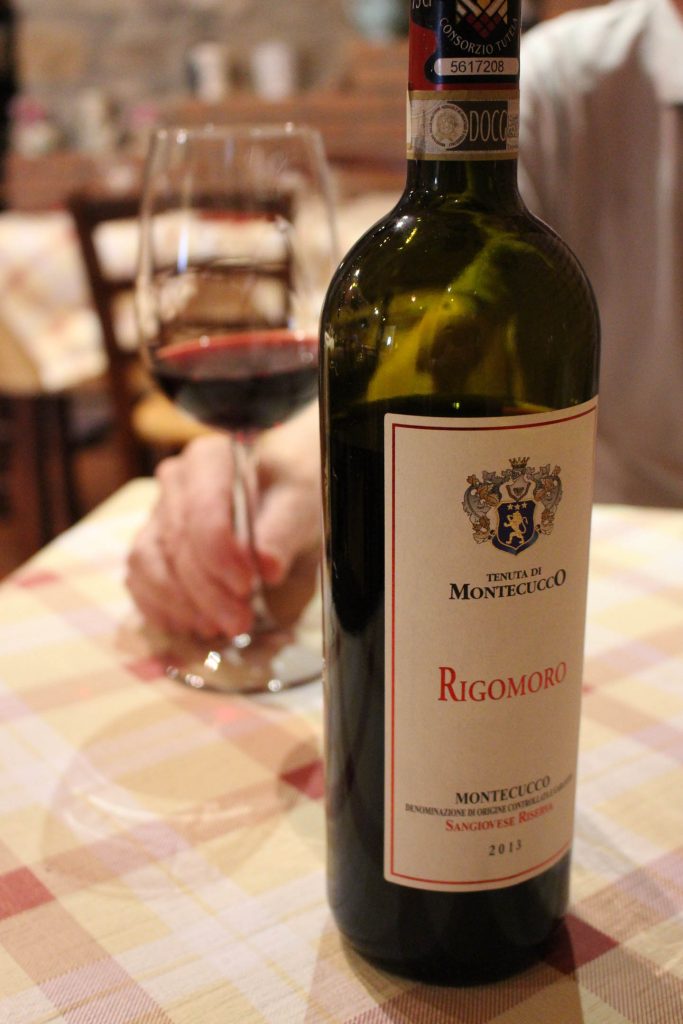Another guest post from The Wine Guy.
~~~~~~~~~~~~~~~~~~
Day 1
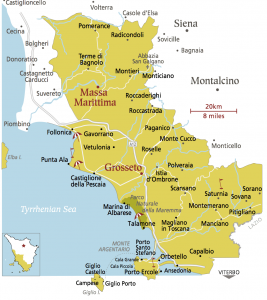 On this trip, we’re going to visit the southwest of Tuscany along the Mediterranean coast. Home to surprisingly good, and very reasonably priced, wines you might want to try to find. While we’re in the neighborhood, we’ll also look into what is probably the most prestigious (and correspondingly expensive) district in Tuscany, which you probably haven’t heard much about as the wines are usually locked away from prying little fingers. More on that later.
On this trip, we’re going to visit the southwest of Tuscany along the Mediterranean coast. Home to surprisingly good, and very reasonably priced, wines you might want to try to find. While we’re in the neighborhood, we’ll also look into what is probably the most prestigious (and correspondingly expensive) district in Tuscany, which you probably haven’t heard much about as the wines are usually locked away from prying little fingers. More on that later.
Let’s start with our primary goal, the Maremma. We’re in the Porsche, so if I’m driving alone it’s probably about two-plus hours. However, Nancy’s along, so let’s call that two and a half. We drive west into the rolling hills of Tuscany as far as Sienna then swing south on the SS223 towards the principal city of the Maremma, Grosetto. We pass through some rugged, rocky hills that seem to form a natural barrier between this area and Chianti and finally emerge into the green rolling hills of our first target, the wine district of Montecucco clustered around the picturesque hill town of Cinigiano. Our goal is the winery of Leonardo Salustri in the village of Poggi del Sasso, about five mile from Ciniziano.
Although Poggi del Sasso is quite small, we had an interesting time finding the place due to the peculiarities of Italian signage, where signs facing the driver and pointing to the left can mean (1) go straight ahead down the road in front of you, (2) turn left here, or, (3) we’re just across the street. After a round trip through the village and several expeditions on foot, we stumbled into the business office at the back of the cantina, where we were cordially greeted at last.
The Salustri family has been making wine in this area since the turn of the twentieth century, making it one of the oldest wineries in the Maremma. Their 50 acre property is located on the outskirts of the Amiata, a series of lava domes surrounding the 5,000 foot high Monte Amiata. The property is certified biologic, meaning that no pesticides or other artificial substances are used in production. He limits his production to the three grapes typical to the Montecucco region, Sangiovese, Vermentino and Ciliegiolo.
Our first sampling here was the Vermentino, which is the primary white grape of the western Italian coast and Sardenia. Our host explained to us that his vines were unusual in that Vermentino on his property, while excellent in all other dimensions, lacked nose. He is very jealous of the quality of his grapes–he works closely with the Eneological Institute of Pisa and his grapes are registered as specific types of Sangiovese and Vermentino there–and not about to replace anything on his property. Thus, he very reluctantly brings in grapes from another property to round out the wine. Our Vermentino, the 2015 Narà, certainly was not lacking in this department, having a well-defined mineral nose, not at all floral, but very promising. On the tongue, the wine was mildly acidic and medium bodied with a hint of berry and interesting pear notes in the back of the palate. It had a nice dry finish. Impressive.
Our second sampling was the 2015 Marleo Montecucco, a blend of 90% Sangiovese and 10% Ciliegiolo, a local varietal known for its large, red grapes (ciliegio is italian for cherry) used primarily for blending, which lends color and fruity notes. The wine is fermented with the skins for about 15 days, matured in steel vats and finishes with six months in the bottle, giving it a light, “drink me now” air, but with sufficient body to stand up to salami, aged cheeses and other heavier flavors. It goes for about 12€ here, so the price should be right if you can find it. If your palate inclines to the lighter red wines, this one’s for you.
Our final tasting was of the Santa Marta Montecucco. This is 100% hand selected sangiovese with 20 days of fermentation and maceration. To achieve what the winemaker considers the proper balance, half the wine spends 24 months in large (700 gallon) oak barrels while the remainder is kept in steel. According to our host, this lends the wine a taste of oak “from afar” sufficient to bring out the flavors. I agree completely. This is a very large wine, for me comparable to some Brunello di Montalcinos. The oak is there, but moderate, balancing out the fruitier notes and resulting in a dense structure. A lively nose, with strong tastes of black cherries and sage in good tannins. A great finish that sticks with you. This one will go a while.
Now the good news and the bad news: Salustri is known for two award-winning single vineyard bottlings, Grotte Rosse and Santa Maria, which in the 2013 (latest) bottling drew rave reviews. Sadly, both are sold out. That’s the bad news. Now the good news: There were a couple of unsold magnums in the house and I got some. I’m sure that we could deal with a magnum, although it might be unpleasant later, but I’m keeping this for truly wine loving visitors. You get here first and you get to drink it. Something to consider.
Leaving Poggi del Sasso we make our way towards Cingiano, the center of the Montecucco wine area, for lunch. Cingiano is a small hill town whose various districts sit upon ever smaller hills with even narrower streets. Quite exciting in the Porsche. We spot our restaurant, which sits on a small square, and note with horror that there’s no place to park. Nancy isn’t about to let me go back around these narrow streets, so things look iffy. Luckily, we see a sign which leads us to a miniscule parking lot with just enough room left for us. I’ll leave the details of the restaurant to Nancy in her blog, other than to say that it had a huge slice of old-guys-eating-enormous-plates-of-pasta local color, but I will tell you about the wine. It was Riserva Rigomoro 2013 from Tenuta di Montecucco. It’s a big one, with a fruity nose shot through with a bright note of cherries. Sapid, with moderate tannins that would reward some aging and a satisfying finish. It would really go nice with some strong cheddar cheese. Tenuta di Montecucco is also an Agriturismo, so if you’ve a yen to watch grapes grow in beautiful surroundings, you might want to put it on your list.
Properly fed, we point the Porsche south south west towards Grosseto and then north west into the rolling hills around Massa Marittima. Here, we find ourselves in one of the latest Italian DOCs, Maremma Toscana, created in 2010. Unlike many of the other DOCGs and DOCs, where specific grapes and blends are prescribed, this one, for the most part, satisfies itself with identifying the locality. The allowed grapes and blends reflect the topsy turvy nature of the zone, requiring a minimum of 40% Sangiovese while admitting any combination of red varieties permitted somewhere in Tuscany such as Cabernet Sauvignon, Alicante (Granache), Merlot, Petit Verdot and a vast number of native varietals. The white must be based on 40% Vermentino or Trebbiano, but after that it’s Katy bar the door, with Chardonnay, Sauvignon Blanc, Viognier and others permitted somewhere in Tuscany.
As the sun sets, we approach our hotel for a well earned rest. I’ll refer you again to Nancy’s blog wherein our further adventures there.

